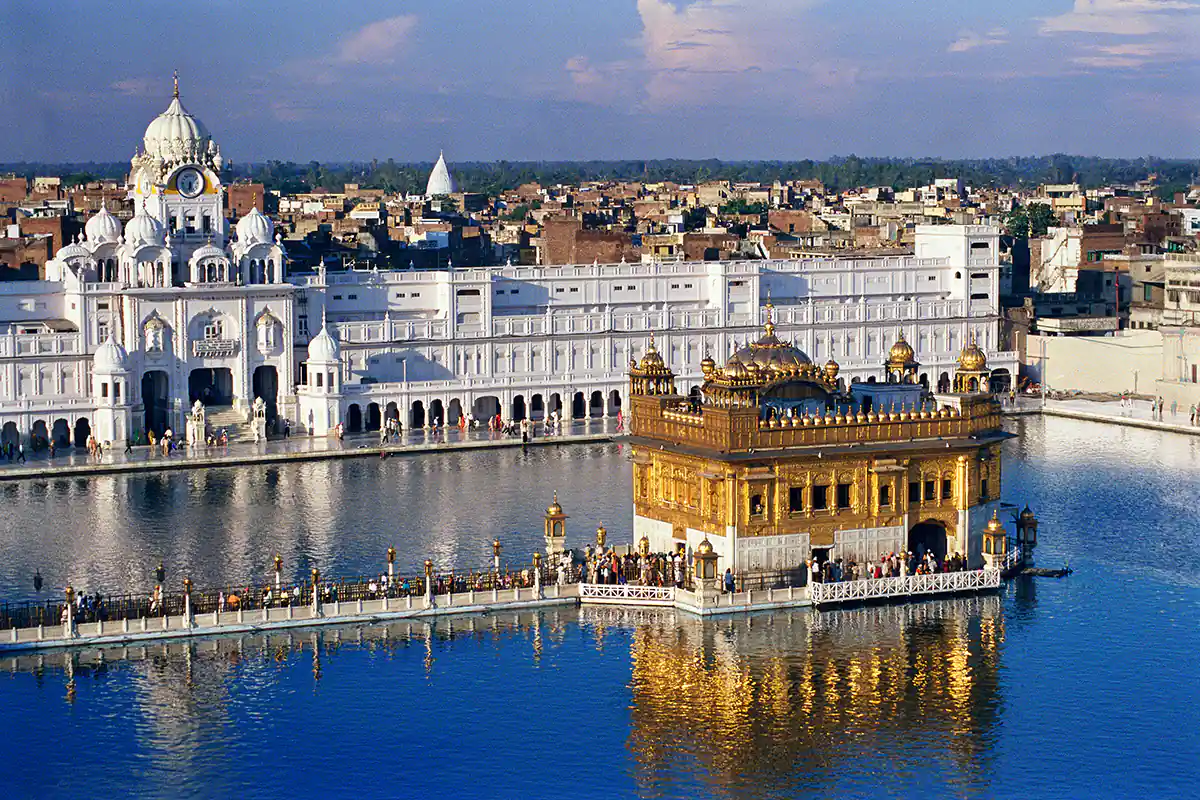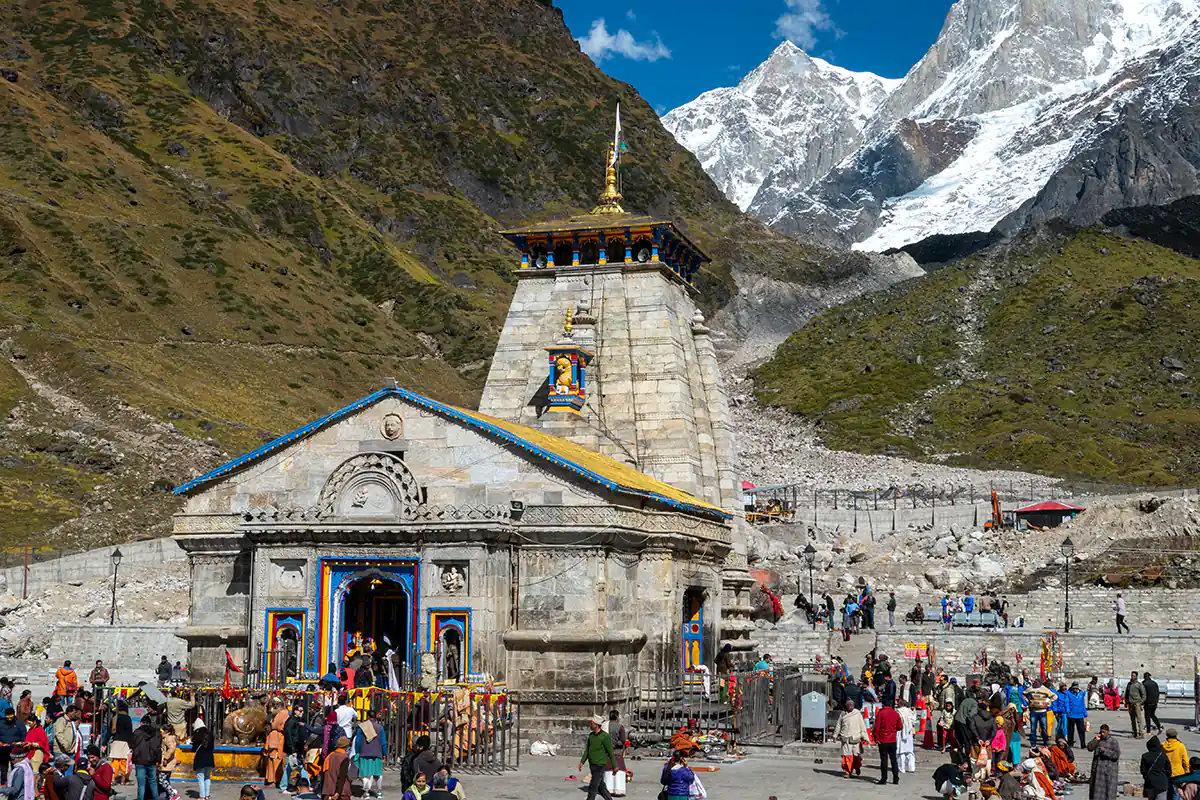Sacred Sites of India
Sacred Spaces of India: A Tapestry of Spiritual Diversity and Historical Significance
India, a land steeped in millennia of history and spirituality, is a mosaic of sacred spaces that reflect the nation's diverse religious and cultural heritage. These sites hold deep significance for various communities, offering glimpses into the rich tapestry of faiths that have shaped India's spiritual landscape over centuries.
Hinduism, the majority religion in India with roots dating back to the Indus Valley Civilization, boasts a vast array of sacred sites. The ancient city of Varanasi, situated on the banks of the Ganges River, is considered the holiest city in Hinduism. Pilgrims have flocked here for centuries to bathe in the sacred waters and perform rituals, believing it washes away sins and liberates the soul from the cycle of rebirth. Other prominent Hindu pilgrimage sites include the Char Dham, a circuit of four holy abodes located in the Himalayas that have been revered since ancient times, and the Tirumala Venkateswara Temple in Tirupati, dedicated to Lord Venkateswara, a form of Vishnu, attracting millions of devotees each year.
Islam, with a significant presence in India since the 7th century, has left its mark on the country's sacred landscape. The majestic Jama Masjid in Delhi, built by Mughal Emperor Shah Jahan in the 17th century, is one of the largest mosques in India and a revered place of worship for Muslims. The tomb of the Sufi saint Moinuddin Chishti in Ajmer, known as Ajmer Sharif Dargah, has attracted devotees from all faiths since the 13th century who seek blessings and spiritual solace.
Buddhism, which originated in India in the 6th century BCE with the enlightenment of Gautama Buddha, has numerous sacred sites associated with his life and teachings. Bodh Gaya, the place where Buddha attained enlightenment under the Bodhi tree, is considered the holiest site in Buddhism and has been a pilgrimage destination for centuries. Other important Buddhist sites in India include Sarnath, where Buddha delivered his first sermon after attaining enlightenment, and Kushinagar, where he passed away, marking the end of his earthly journey.
Christianity, introduced to India in the 1st century by St. Thomas the Apostle, has a long and rich history in the country. The Basilica of Bom Jesus in Goa, a UNESCO World Heritage Site built in the 16th century, houses the relics of St. Francis Xavier, a revered figure in the Catholic Church and a key figure in the spread of Christianity in Asia. Other significant Christian sites include the St. Thomas Cathedral in Chennai and the San Thome Basilica in Chennai, both associated with the life and martyrdom of St. Thomas.
Jainism, an ancient Indian religion emphasizing nonviolence and asceticism, has several sacred sites that hold great importance for its followers. The Dilwara Temples in Mount Abu, Rajasthan, built between the 11th and 13th centuries, are renowned for their exquisite marble carvings and intricate architecture, showcasing the rich artistic traditions of Jainism. The Palitana temples in Gujarat, located on a hilltop and consisting of nearly 900 temples, are a major pilgrimage destination for Jains and have been a sacred site for centuries.
Sikhism, a monotheistic religion founded in the 15th century by Guru Nanak, has its holiest shrine, the Harmandir Sahib, also known as the Golden Temple, in Amritsar. The temple, with its golden dome and surrounding pool of nectar, was completed in the 17th century and is a symbol of Sikh identity and a place of immense spiritual significance for Sikhs worldwide.
Zoroastrianism, one of the world's oldest religions, has a small but vibrant community in India known as Parsis. The Zoroastrian fire temples, known as Agiaries, are considered sacred spaces where the eternal flame, a symbol of the divine, is kept burning. The Parsi Towers of Silence in Mumbai, built in the 17th century, are a unique and sacred part of Zoroastrian tradition, where the dead are laid to rest in accordance with their ancient customs.
The sacred spaces of India are not merely physical locations but also living expressions of faith, culture, and history. They offer a glimpse into the rich tapestry of spiritual traditions that have shaped India's identity over millennia. By exploring and understanding these sacred spaces, we can foster a deeper appreciation for the diversity and interconnectedness of human spirituality.

Martin Gray is a cultural anthropologist, writer and photographer specializing in the study of pilgrimage traditions and sacred sites around the world. During a 40 year period he has visited more than 2000 pilgrimage places in 160 countries. The World Pilgrimage Guide at sacredsites.com is the most comprehensive source of information on this subject.


